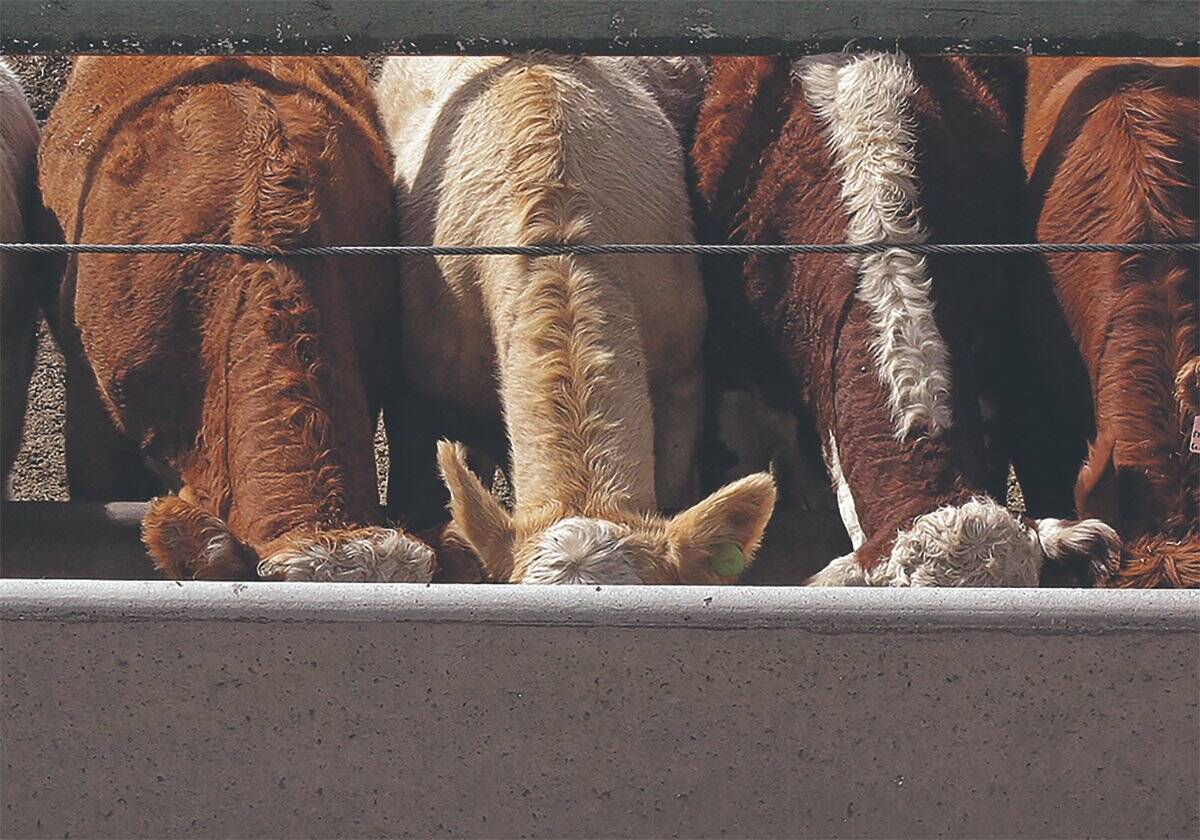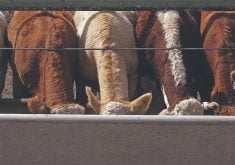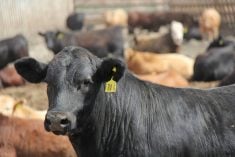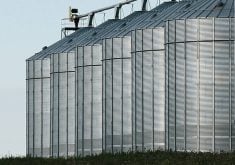By Julie Ingwersen
DEVILS LAKE, North Dakota, July 26 (Reuters) – Spring wheat yield prospects in central and northwest North Dakota are down significantly from a year ago following hot, dry conditions during the growing season, scouts on an annual U.S. crop tour said on Wednesday.
The Wheat Quality Council tour calculated an average yield for 188 hard red spring wheat fields scouted in the region at 35.8 bushels per acre (bpa), on the second day of a three-day tour. The figure compares with a 2016 second-day yield of 46.9 bpa and a five-year average of 46.6 bpa.
Read Also

U.S. livestock: Cattle fall back, hogs continue slide
Chicago cattle futures fell back on Tuesday. Hogs continued to slide. Most-active December live cattle futures closed at 227.775 cents…
Scouts on the tour sampled 225 fields overall on Wednesday, including 34 durum wheat and three hard red winter wheat fields. The average yield for durum, used to make pasta, was 34.4 bpa, compared with 45.4 bpa in 2016 and a five-year average of 41.0 bpa.
“The early-planted stuff looks the toughest,” said Dave Green, the Wheat Quality Council’s executive vice president, referring to spring wheat.
Prospects were slightly better for later-planted fields, which could still benefit from moisture, with harvest still a few weeks away.
“The best scenario is to keep the temperatures from being too extreme,” Green said.
Millers and bakers are bracing for rising prices and tighter supplies of spring wheat, which has the high protein content needed to bake bread.
Protein levels in the 2017 harvest of hard red winter wheat, the largest U.S. wheat class, grown in the southern Plains, were below average for a second straight year. Consequently, millers may turn to higher-priced spring wheat to meet their quality needs.
“We’ve got minimum protein specs (for flour). It’s very difficult to change those in a timely fashion. We just have to blend with spring wheat,” said a food industry source on the tour.
Problems with spring wheat crops in the United States and Canada, two of the world’s top exporters, have created a rare tight spot in a world awash with lesser grades of grain.
About 70 crop scouts from the milling and baking industries along with government and university crop specialists are on the tour, which is scheduled to release final yield forecasts on Thursday.
Tour participants sampled 194 hard red spring wheat fields across the southern half of North Dakota on Tuesday and calculated an average yield of 37.9 bpa














